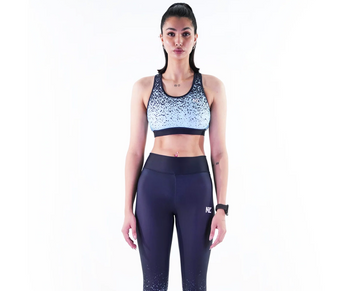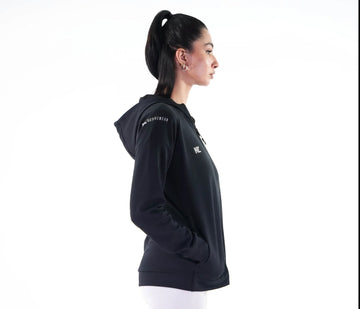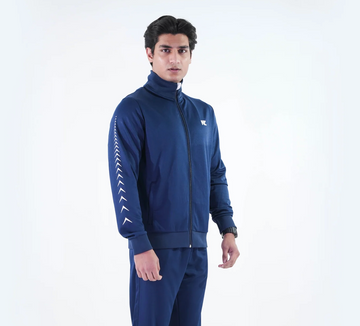If you're new to Padel or planning to step onto the court for the first time, you might be wondering: How big is a Padel court? Understanding the dimensions of the court is essential, whether you're a beginner, a seasoned player, or even considering building your own Padel court.
In this guide, we’ll break down the standard dimensions of a Padel court, how it compares to other sports courts, and why these measurements matter for your game. Let’s dive right in!
What Are the Official Padel Court Dimensions?
According to the International Padel Federation (FIP), a standard Padel court measures:
-
Length: 20 meters (65.6 feet)
-
Width: 10 meters (32.8 feet)
-
Total Playing Area: 200 square meters
The court is enclosed with glass or mesh walls, allowing for the unique rebound shots that make Padel such an exciting sport.
Net Height
The net height in Padel is 0.88 meters (34.6 inches) in the center and slightly higher at the sides (0.92 meters or 36.2 inches).
Service Boxes
The court is divided into two equal halves, with service boxes marked out like in tennis.
Back and Side Walls
-
The back walls are 3 meters (9.8 feet) high, with an additional 1-meter metal fence on top, making the total height 4 meters (13.1 feet).
-
The side walls vary in height, starting at 3 meters and gradually reducing to 2 meters.
How Does a Padel Court Compare to a Tennis Court?
Many people assume Padel is just a smaller version of tennis, but there are key differences:
|
Feature |
Padel Court |
Tennis Court |
|
Length |
20m (65.6ft) |
23.77m (78ft) |
|
Width |
10m (32.8ft) |
8.23m (27ft) for singles / 10.97m (36ft) for doubles |
|
Net Height |
0.88m (34.6in) |
0.914m (36in) |
|
Enclosure |
Yes (Glass & Mesh) |
No enclosure |
A Padel court is about one-third the size of a tennis court, making the game faster-paced with more emphasis on technique and strategy rather than power.
Why Do Padel Court Dimensions Matter?
The court size directly impacts the style of play. Here’s why:
-
Faster Reflexes Needed: The smaller court means shorter reaction times. Players must be quick on their feet!
-
More Strategic Play: Since the ball can bounce off the walls, positioning and tactics are key.
-
Easier for Beginners: The compact size makes it easier to cover the court, making Padel more beginner-friendly compared to tennis.
Can You Play Padel on a Smaller or Bigger Court?
No. Padel courts have standardized dimensions, and playing on a differently sized court would change the nature of the game. However, there are single-player Padel courts, which are narrower (6 meters wide instead of 10 meters). These are designed for one-on-one matches.
Padel Court Flooring: Which Surface Material is Best?
The type of surface used in a Padel court can affect gameplay, ball bounce, and player movement. There are three main types of flooring used for Padel courts:
-
Artificial Grass (Most Common)
-
Used in 90% of professional Padel courts
-
Provides good grip and controlled ball bounce
-
Ideal for preventing injuries and reducing joint impact
Pro Tip: If you want to avoid injuries and ensure safe play, we recommend buying a specialized Padel tracksuit with microfabric properties.
-
Concrete or Cement
-
Less common but used in some public courts
-
Increases ball speed but can be hard on the players’ knees
-
Less forgiving on falls and injuries
-
Porous Asphalt
-
Used in outdoor Padel courts because it drains water well
-
Durable but can feel hard on the feet compared to artificial grass
For professional play, artificial grass with silica sand is preferred because it balances grip, ball control, and player comfort.
Final Thoughts
Now that you know the dimensions of a Padel court, you’re ready to play with confidence! Whether you're playing for fun, competing professionally, or even thinking about building a Padel court, these measurements ensure a fair and exciting game. Just be sure to select the right Padel gear before playing to improve the playing experience and fun.
Did this guide help you? Share it with a friend who’s getting into Padel, or save it for the next time!





